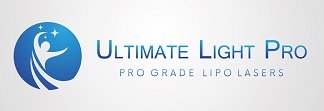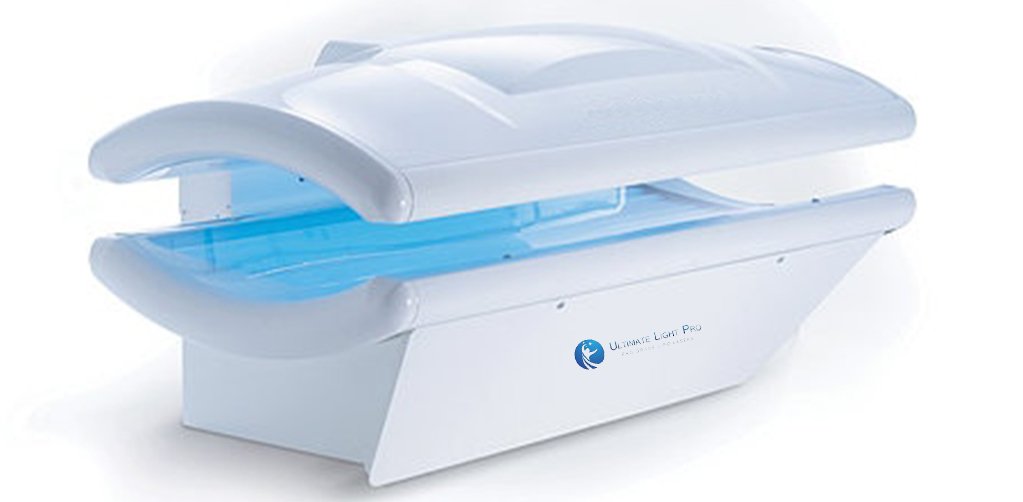The Birth And Evolution Of Light Beds
Light bed therapy, also famously known as Phototherapy, is a simple cosmetic procedure that requires exposure to red light. This red light appears to be similar to natural light. During the process, the affected skin is exposed to this natural-looking red light. The red light helps stimulate the cells of the affected area.
In retrospect, light bed therapy has been used quite a lot. Its usage began during the year 1903 by Niels Ryberg Finsen, who developed a mechanism to produce artificial light. Finsen’s remarkable discovery was paid gratitude through a Nobel Prize in Medicine. The first successful use of Phototherapy was at Massachusetts hospital in 1938, which tested red lights on affected patients and got positive results.
Numerous healthcare doctors and physicians today recommend light bed therapy to be amongst the best treatments for several skin disorders.
A study mentions that by 2025, the cosmetic product market will expectedly be valued at $69 billion worldwide. In today’s tech rampant world of beauty and medicine, light therapy is proven as one of the best enterprises.
Light therapy’s market in 2018 was worth USD 811.8 million. This value is expected to increase up to 5.1% CAGR by 2025.
Growth Of The Market
Factors such as a rise in dermatological problems such as acne, psoriasis, vulgaris, and wrinkles are driving the market growth. Light bed therapy has several applications, which broadens the market scope. It allows numerous businesses to engage and research the market. Furthermore, a rise in disposable income, increase in middle-class population growth, and increase in awareness of beauty products have given a further boost to the market. Additionally, today’s consumers choose non-invasive solutions. Light bed therapy has grown in popularity as financial conditions have improved and product synthesis processes have evolved.

Light Therapy Market
The light bed treatment industry is constantly evolving. And the market has grown dramatically during the previous decade. Customers’ interest has been aroused by the broad array of uses in the fields of health, sports, fitness, cosmetics, and healthcare.
Another form of use segmentation is the variety of contexts where light therapy is used, such as beauty salons, clinics, households, and hospitals. Dermatology clinics generated more than 58.42% of the income during 2019, according to proven statistics.
Furthermore, the number of individuals acquiring these light beds in order to use them more regularly is growing. The ease of use is a major contributor to the high market price of the domestic use of light bed treatments, which was calculated to be USD 495 million in the year 2018.
North America accounted for half of the increase, with the light bed treatment market expanding at a pace of more than 4%. In North America, the increased frequency of skin diseases such as skin cancer and eczema is furthering the growth of the light therapy sector.
The light bed treatment market was valued at more than USD 175 million in 2018. This regional economic development in the beauty industry is expected to accelerate as a result of rapid urbanization, changing lifestyles, and rising incidence of depression and hypertension. Expanding healthcare facilities in China will propel the light bed treatment business in the Asia Pacific in the future years.

